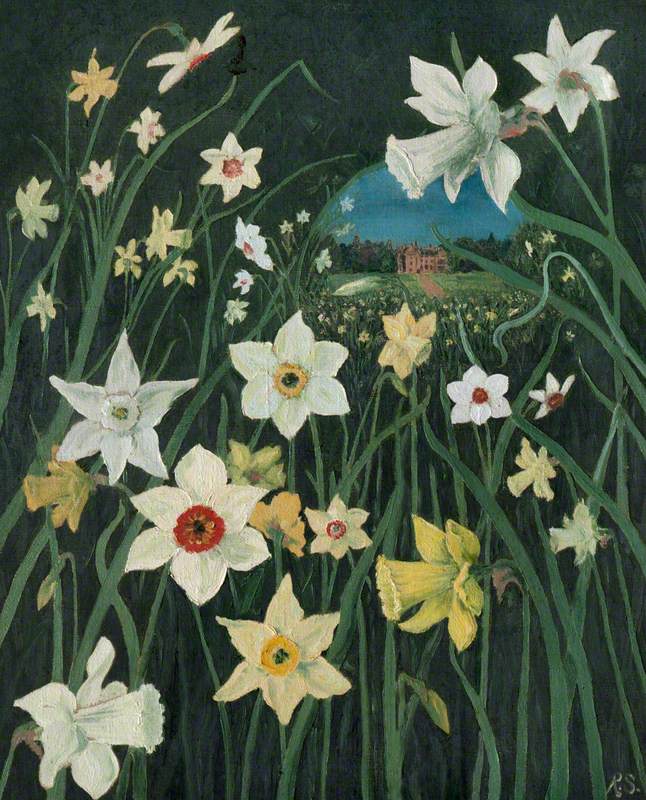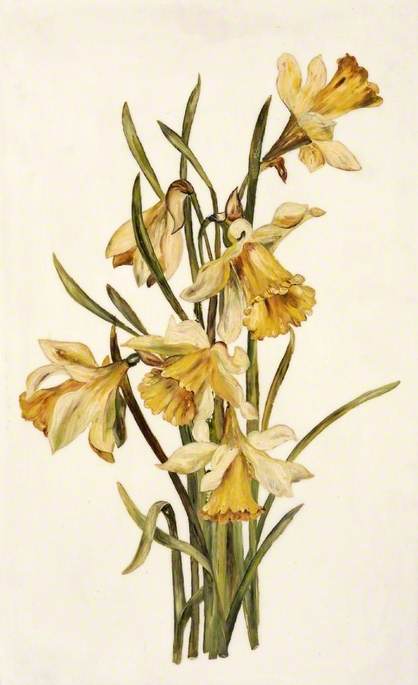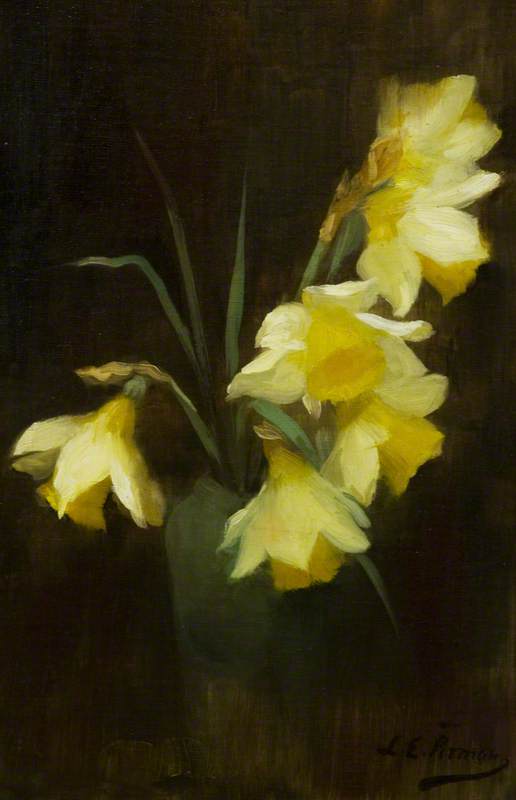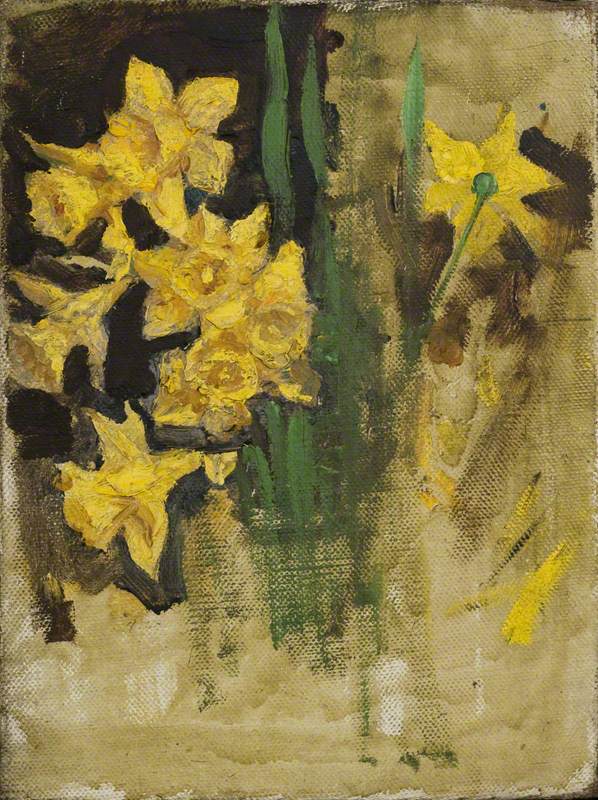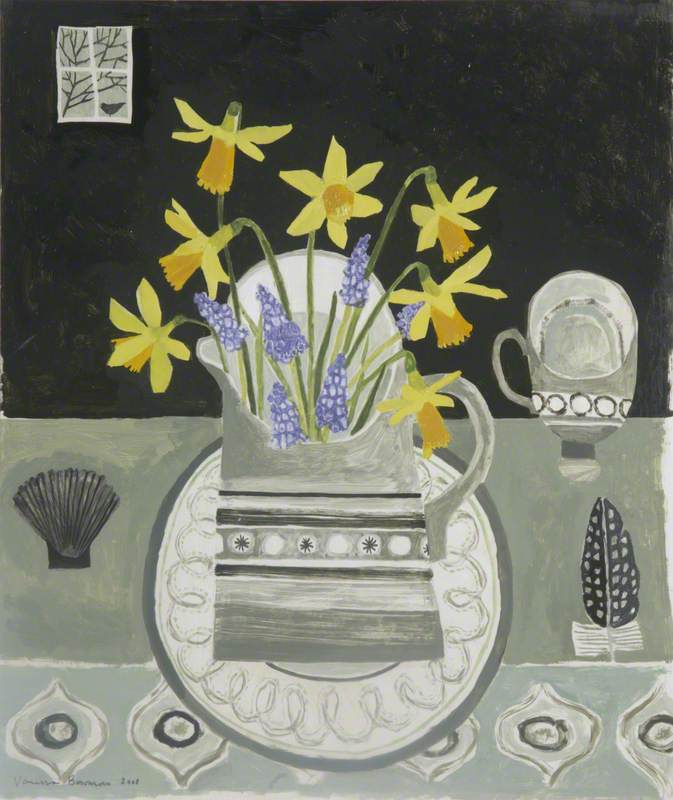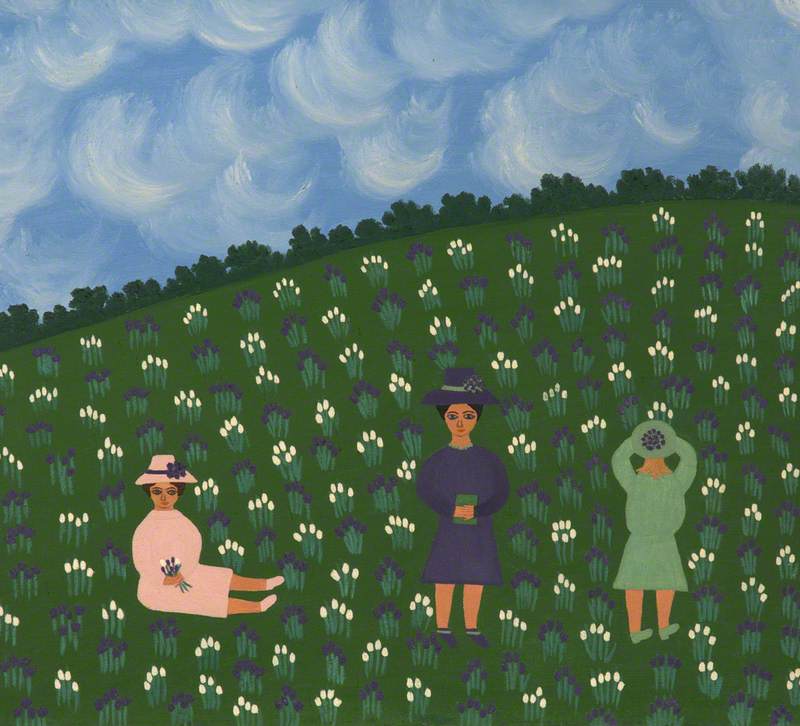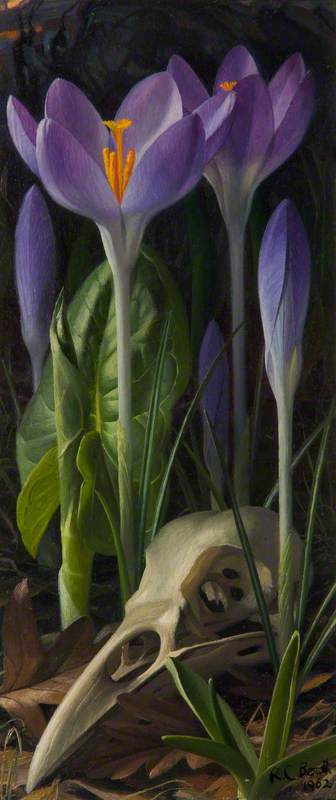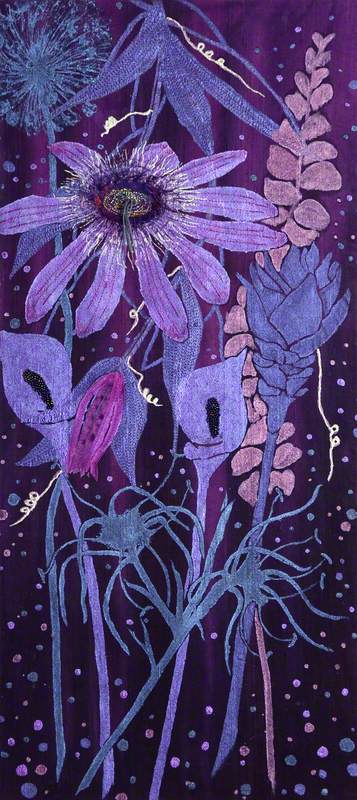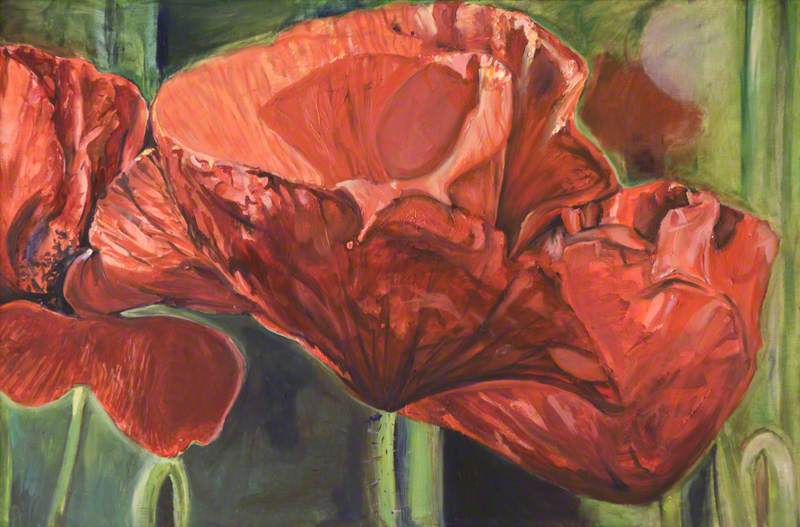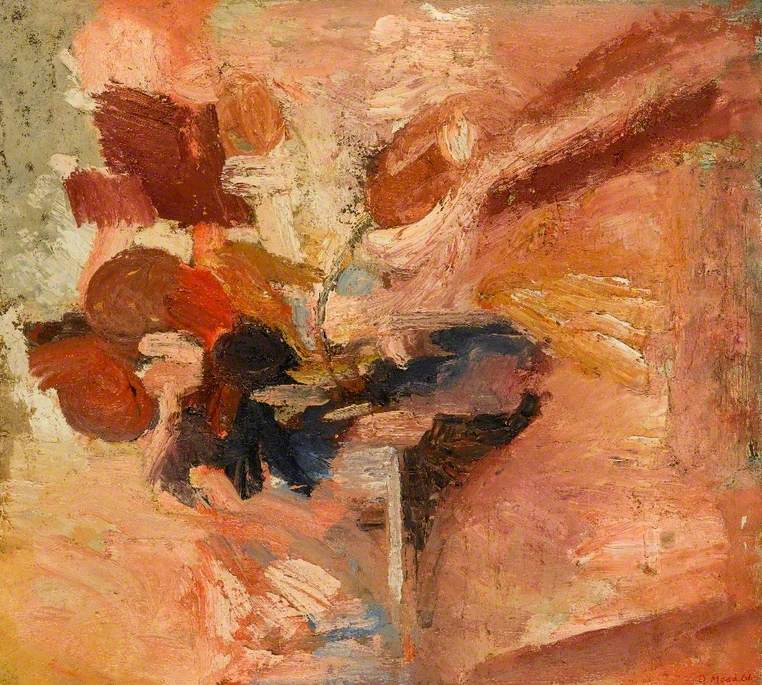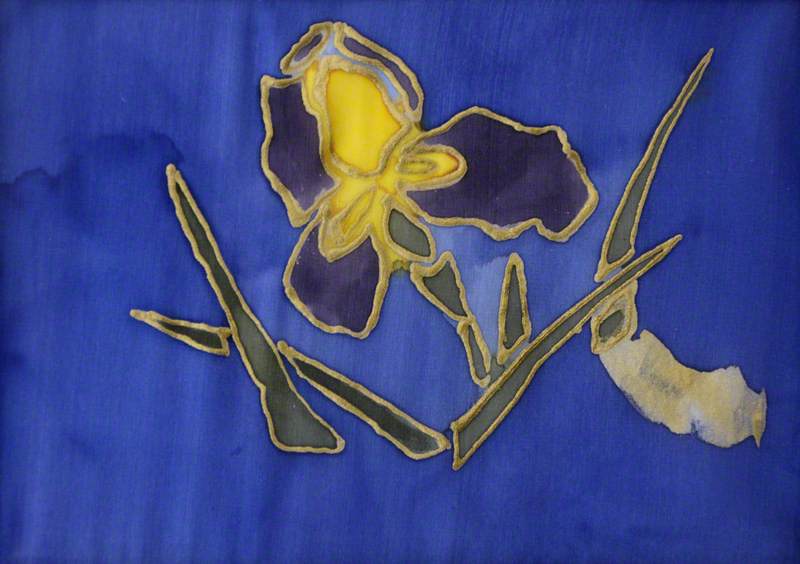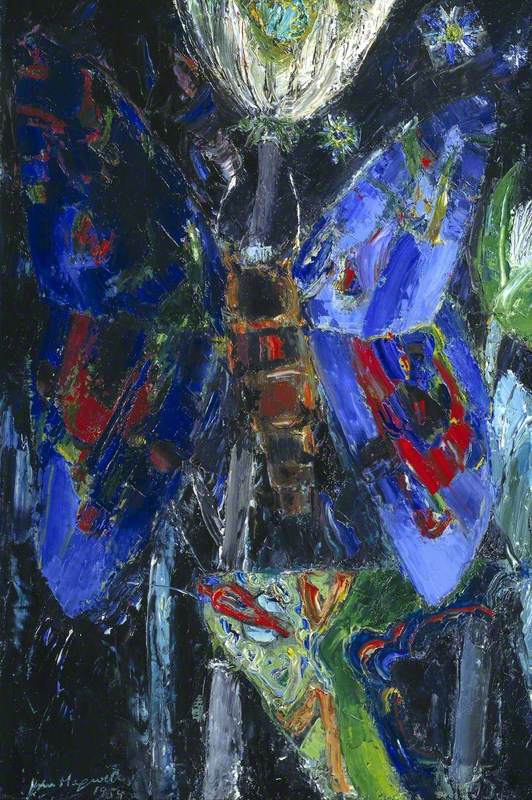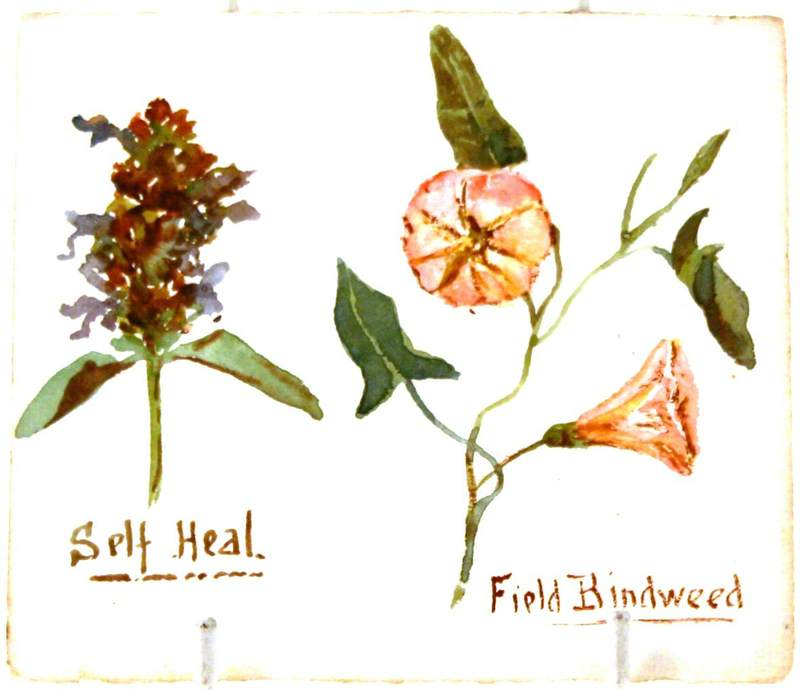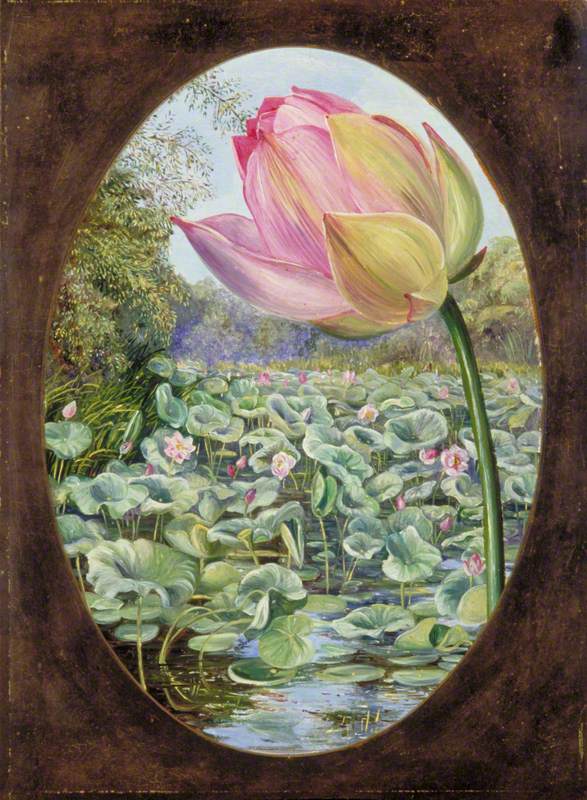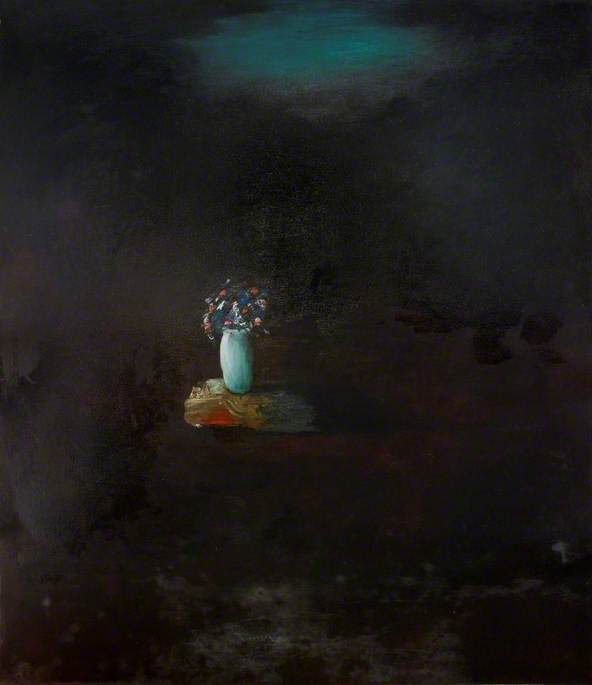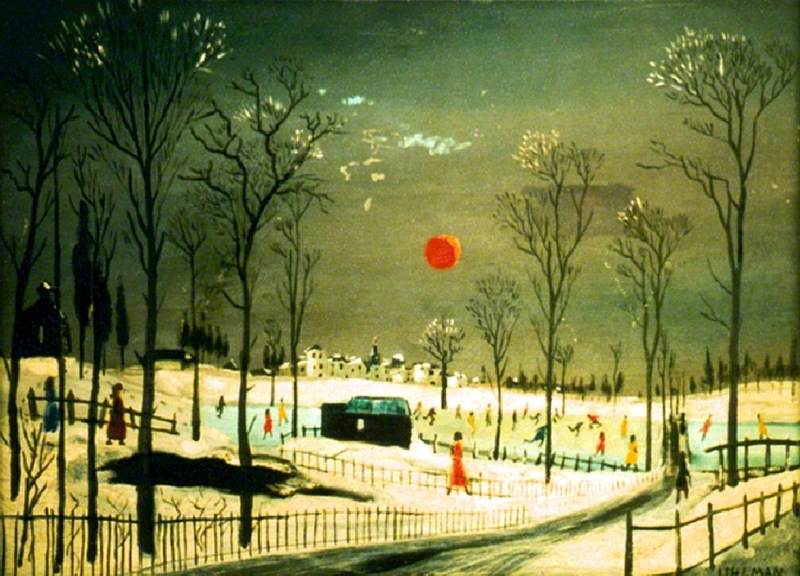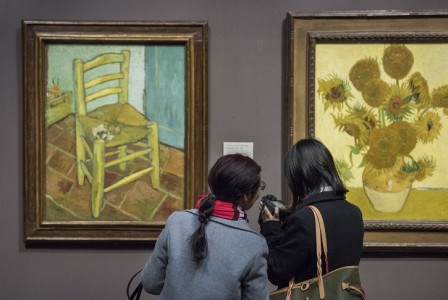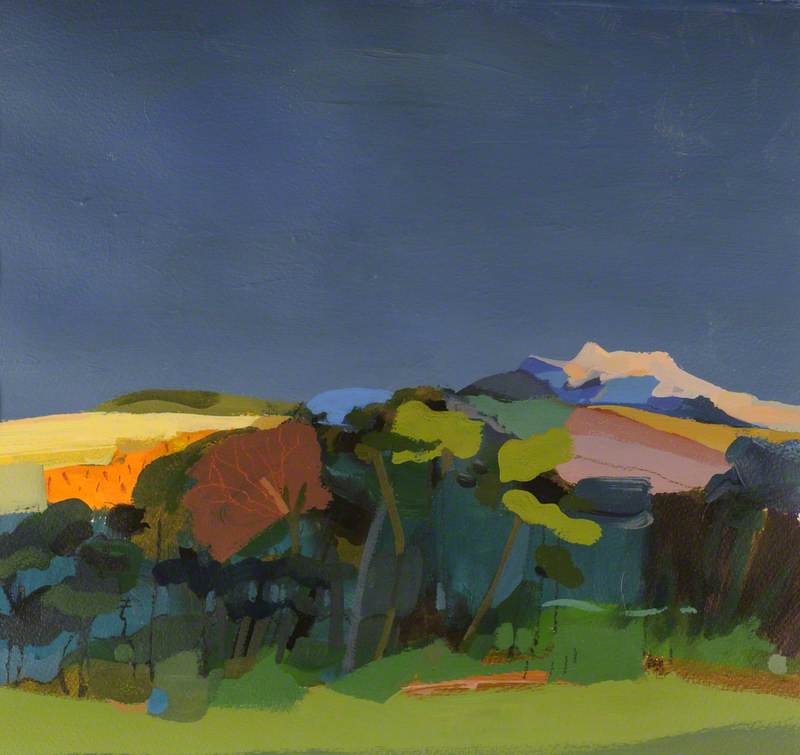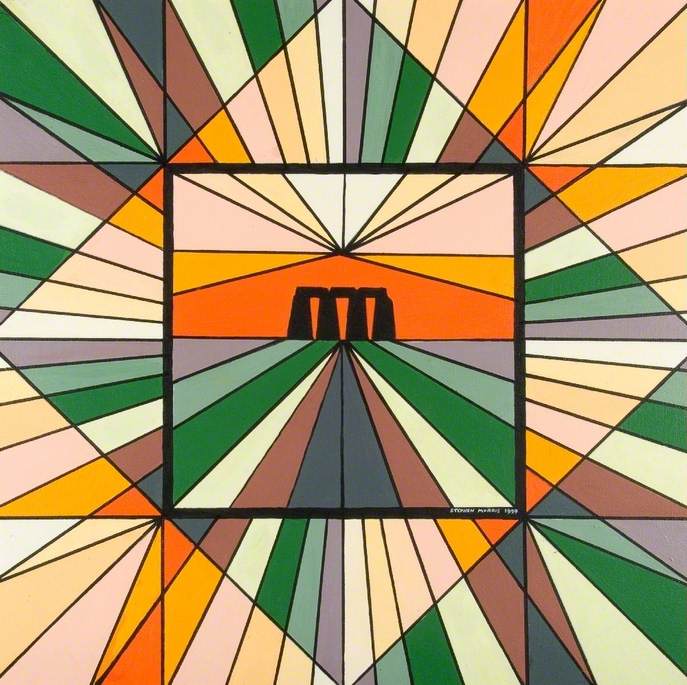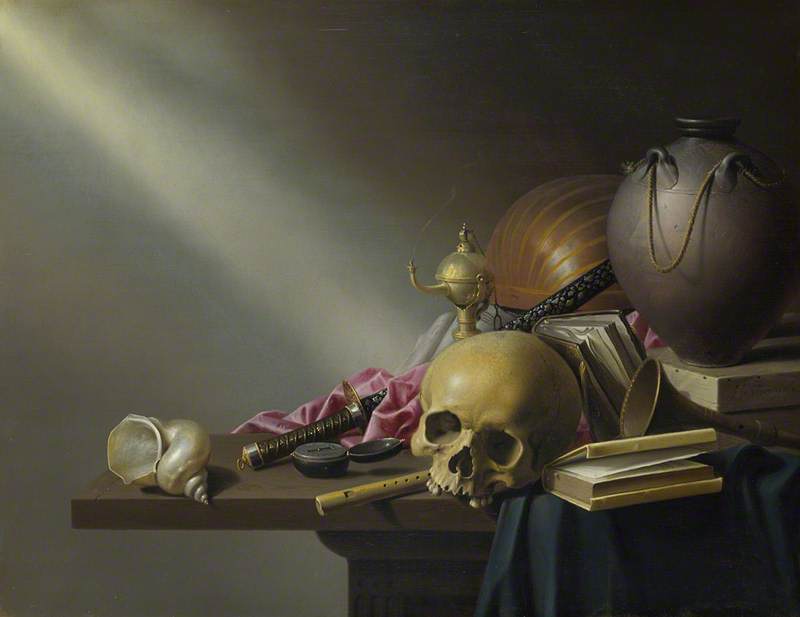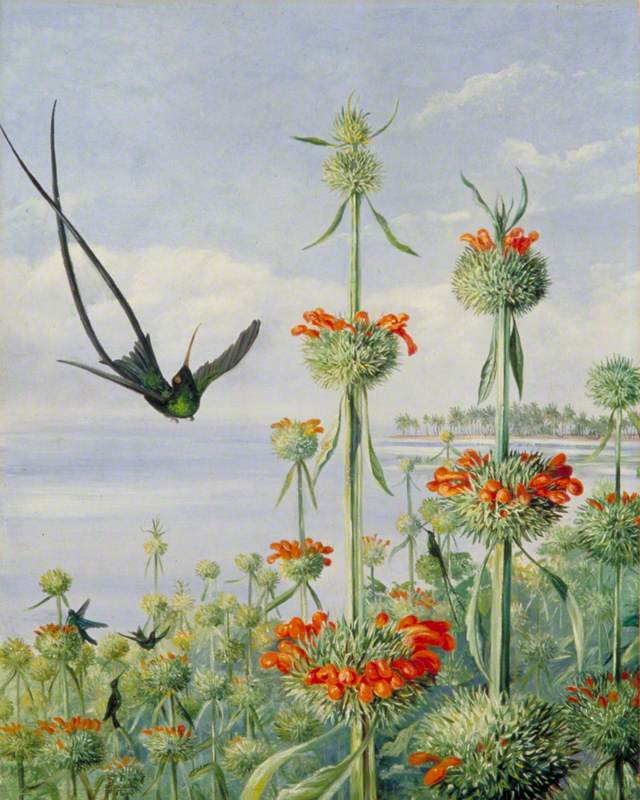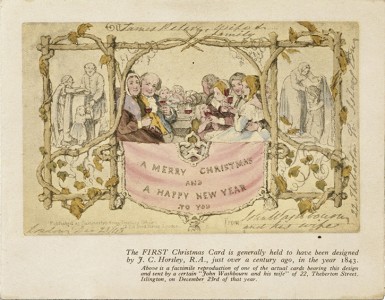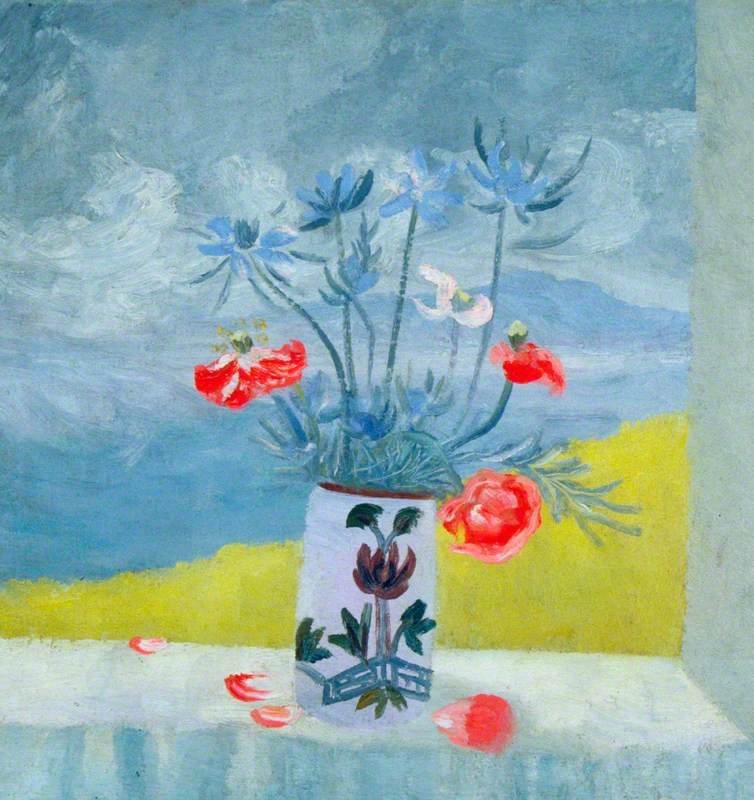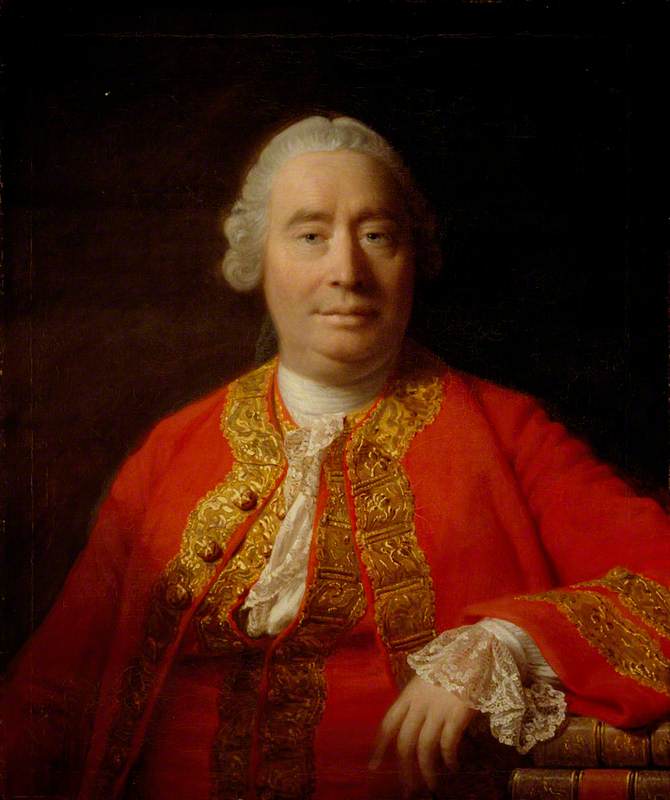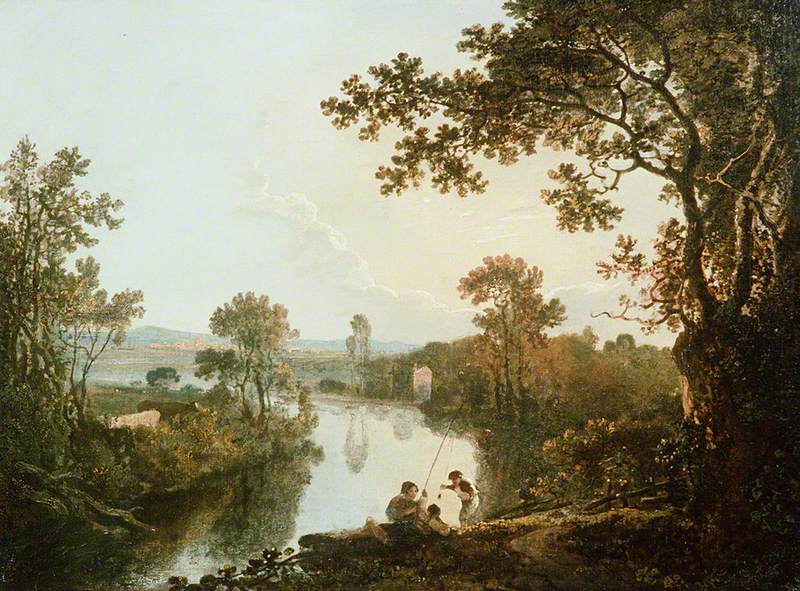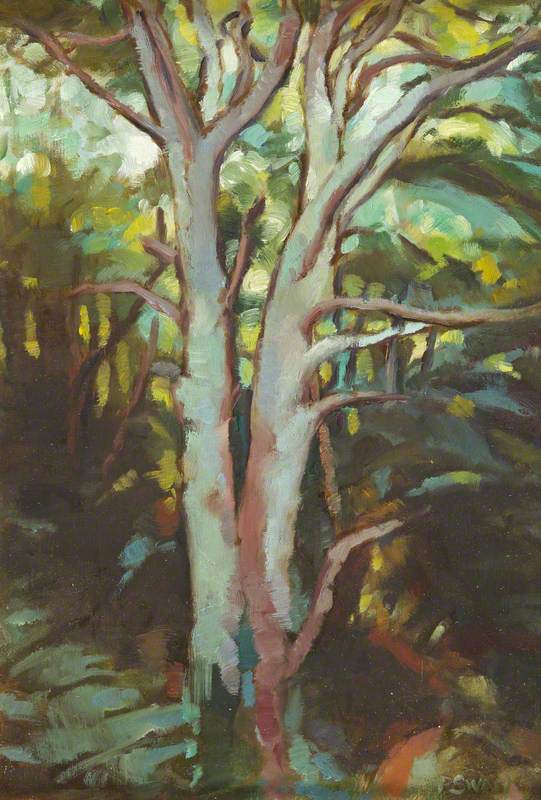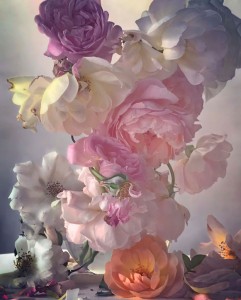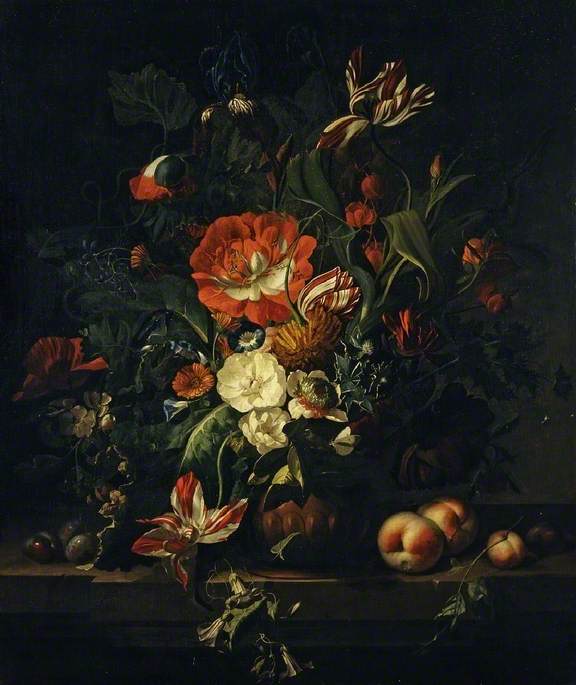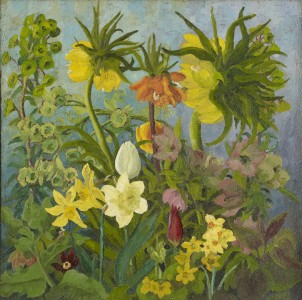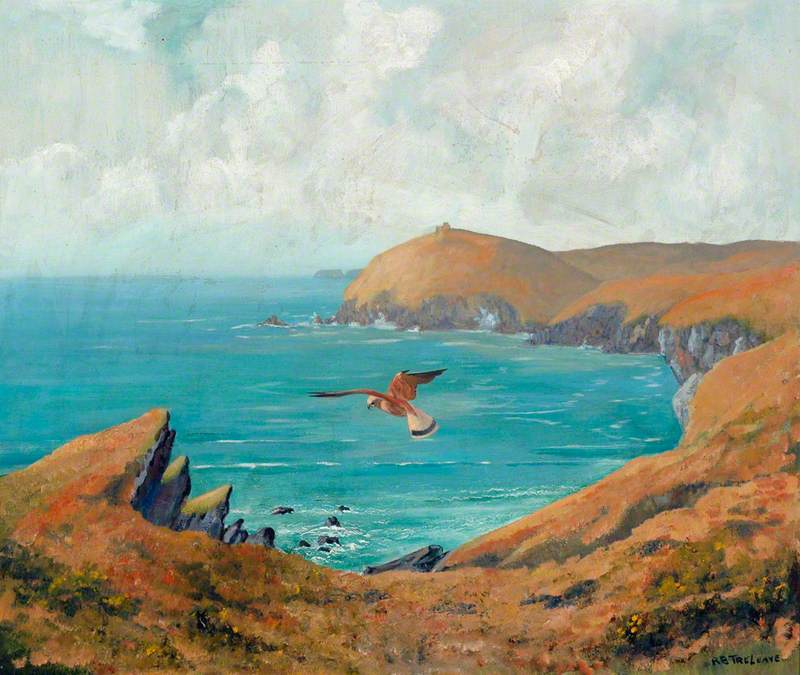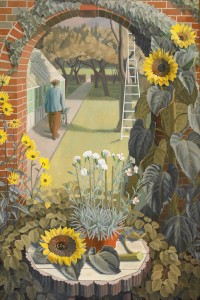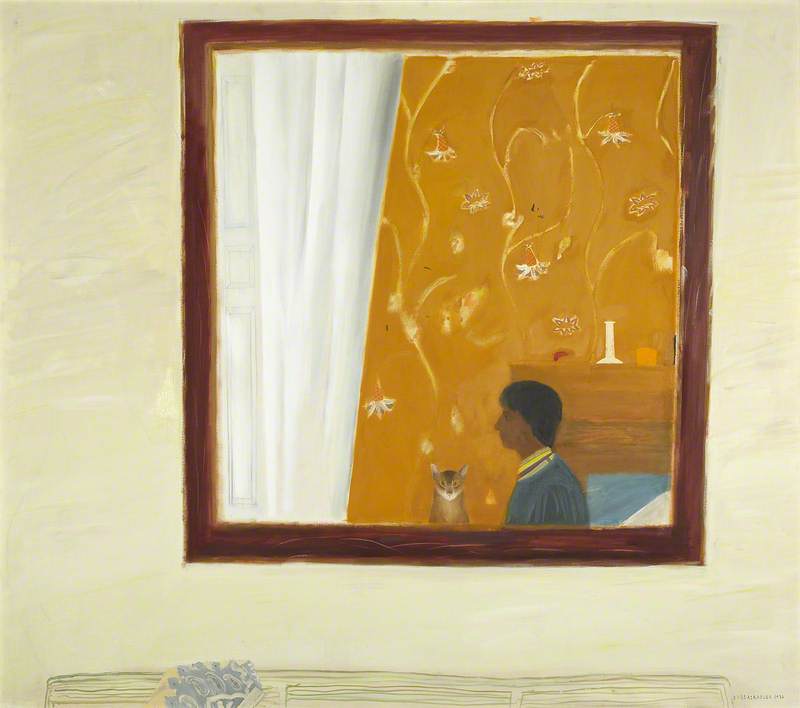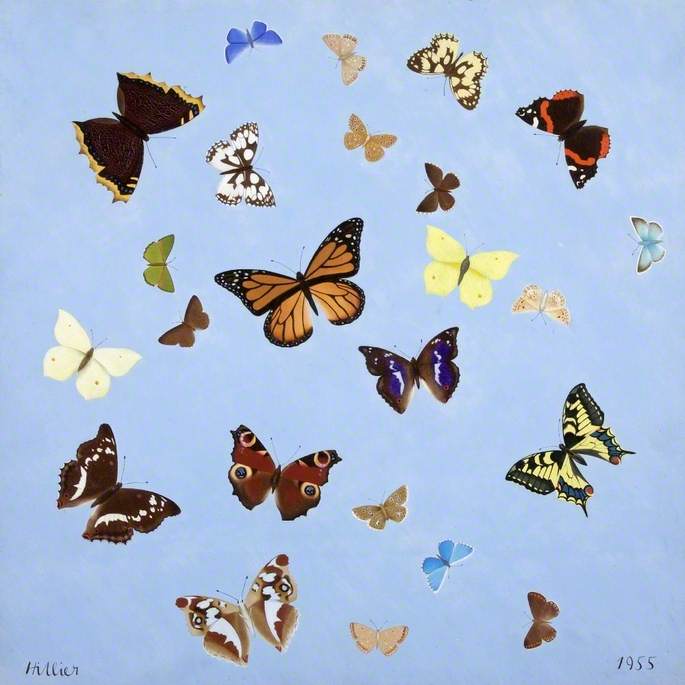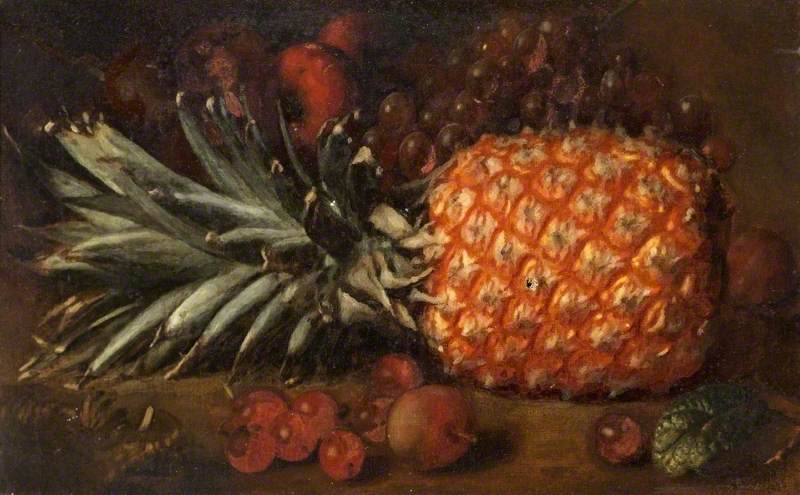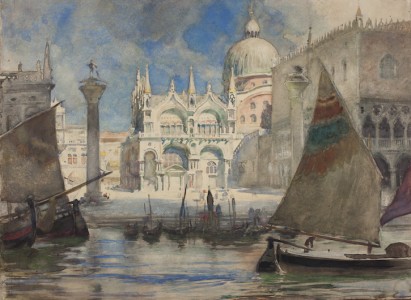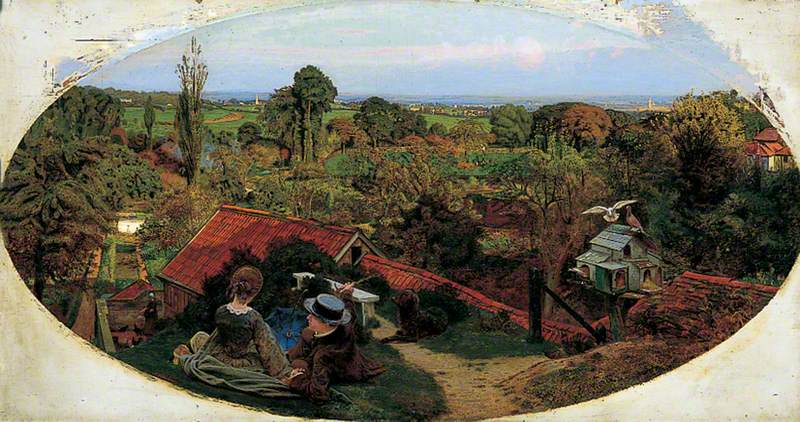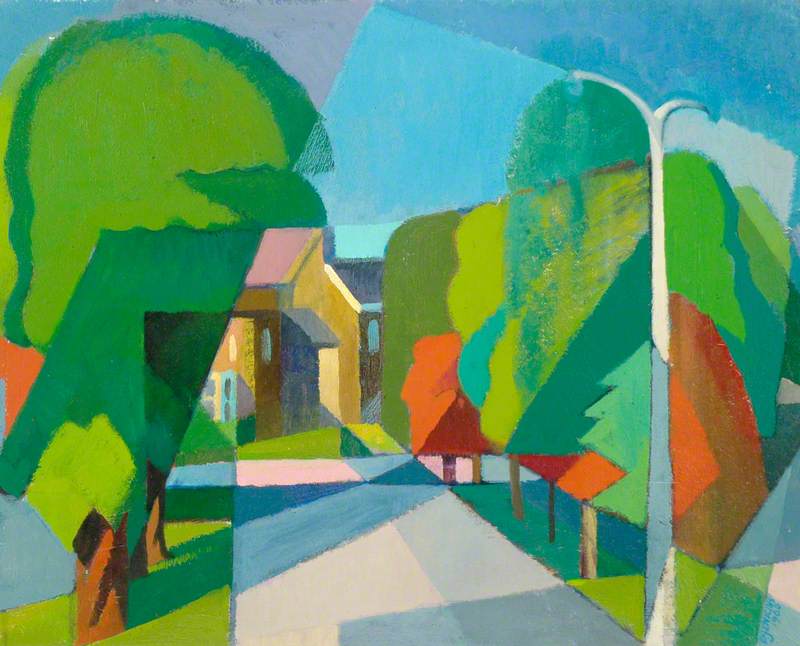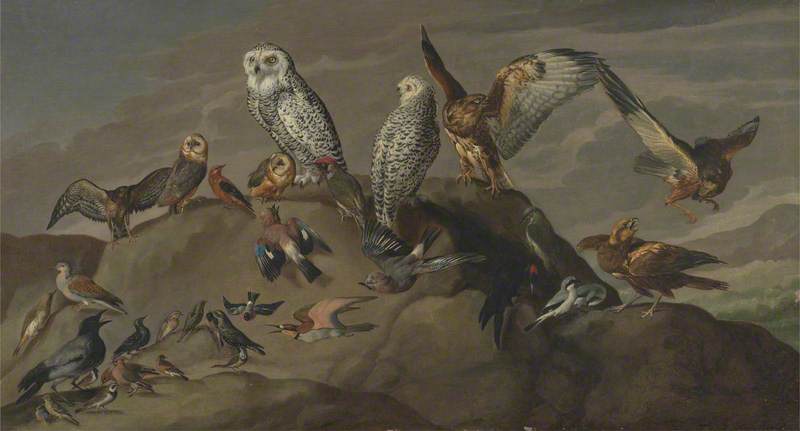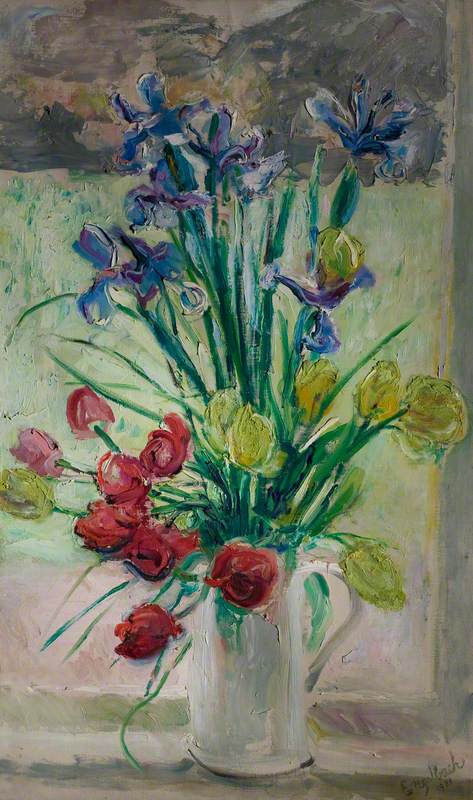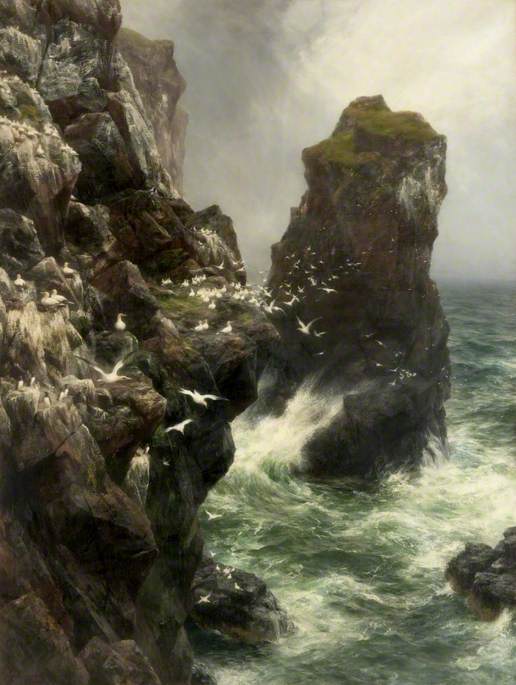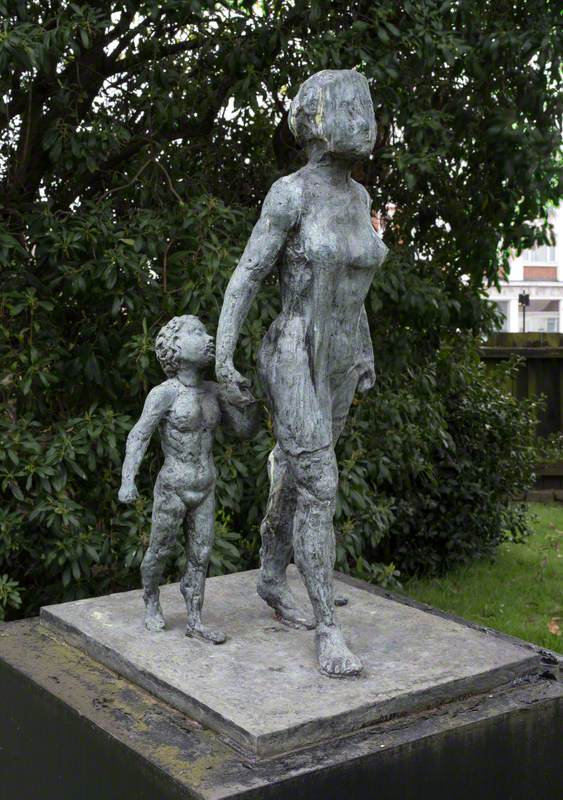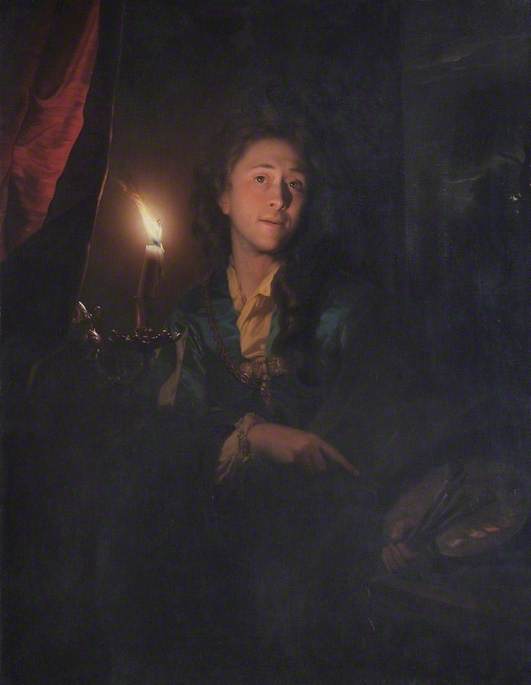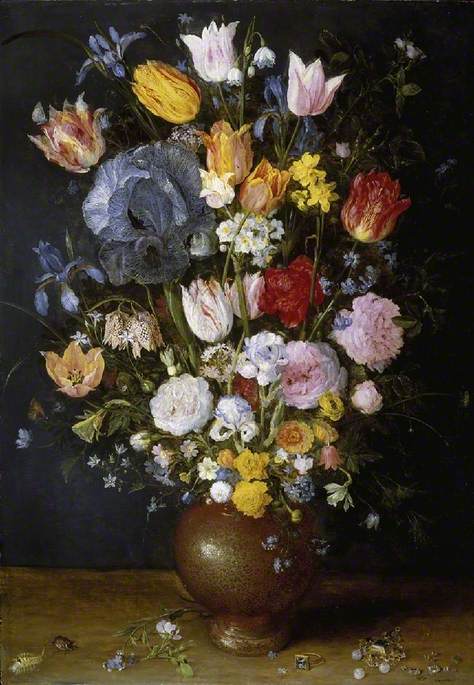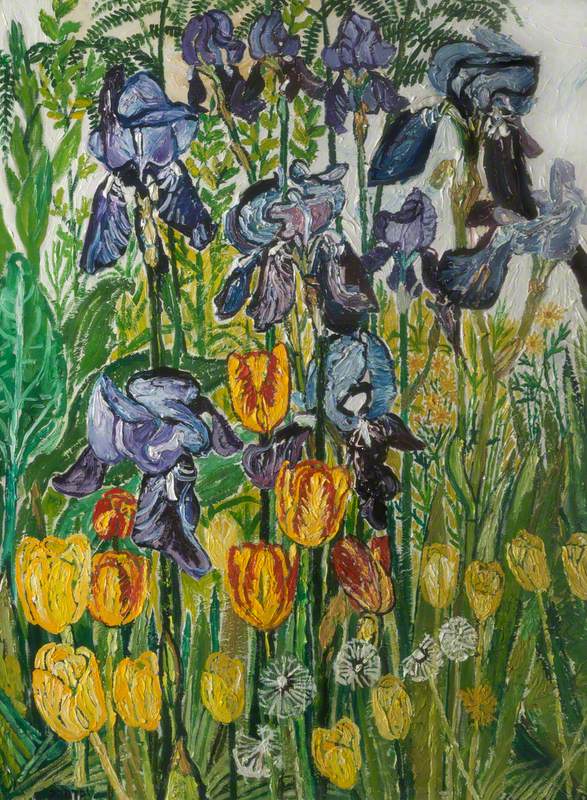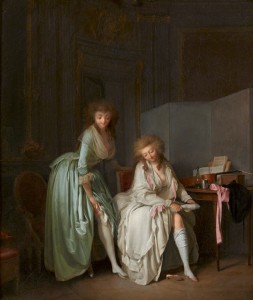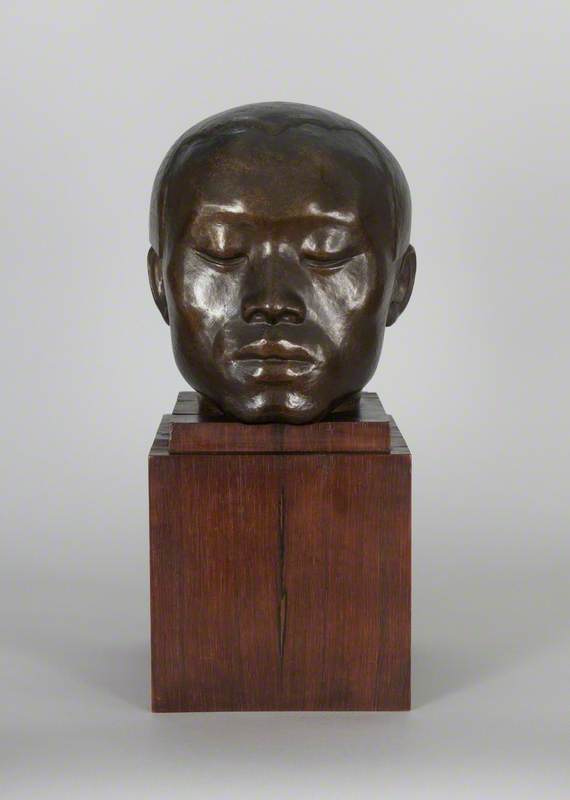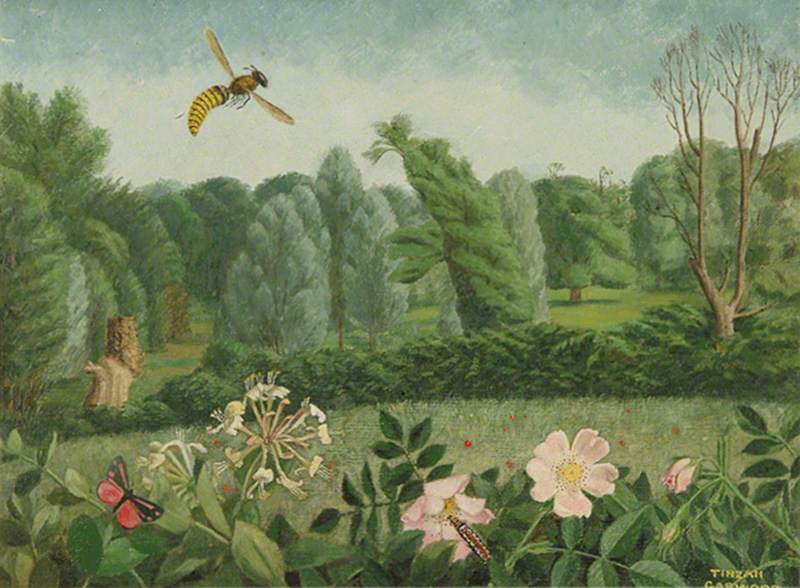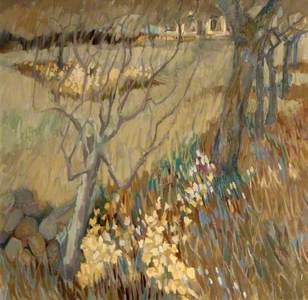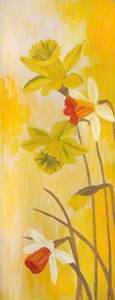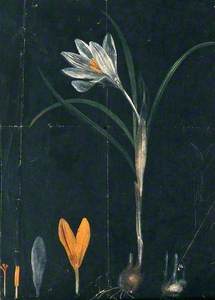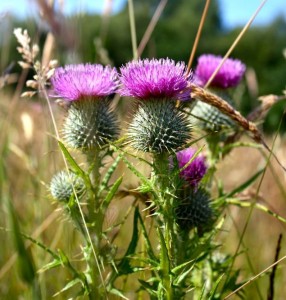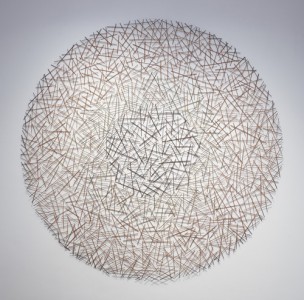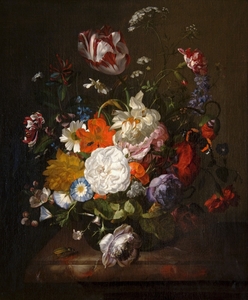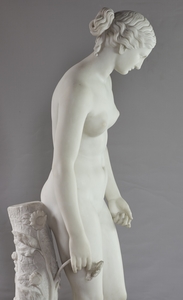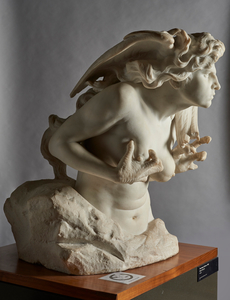I walk through a world coming into bloom, colours bursting forth from the earth, pausing to admire daffodils, crocuses, blossom on branches. Such small yet infinitely varied and intricate phenomena as flowers have been captured in art throughout the ages, and as spring dawns and British Summer Time/Daylight Savings Time is on the horizon, now seems the time to focus our attention on flowers.
One of the first flowers to announce itself after winter is, of course, the daffodil, and artists, writers and poets have had a long love affair with this beauty, from Wordsworth’s immortal image of a 'host of golden daffodils' to Vincent van Gogh’s equally timeless Bowl With Daffodils. There is an abundance of artwork of daffodils in their natural environment, and also plucked and brought inside, in vases.
Some of my favourites of daffodils in the landscape include Daffodils by the unknown R. S. and Daffodils in Long Grass by Helen Firth who was active in the late twentieth century.
Still Life of Daffodils in a Blue and White Vase
c.1890
Lily Yorke (1847–1895) 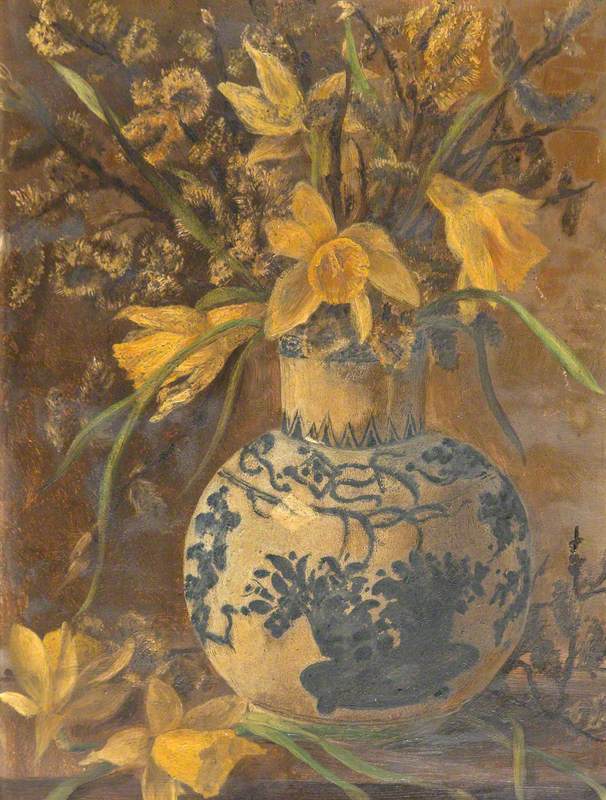
Daffodils prove to be an excellent still-life subject when they are indoors with no wind blowing them over, as in Still Life, Daffodils by an unknown artist, and Still Life of Daffodils in a Blue and White Vase by Lily Yorke.
I love the use of a blurred effect in Louisa Ellen Perman's Daffodils in a Vase which creates a haunting atmosphere.
Also powerful is Edward Atkinson Hornel’s painting Daffodils, which smudges the colour yellow and the glorious Daffodils by the late Michele Elizabeth Field.
Four Natives of Ancient Britain, Daffodils, Narcissi, Lily of the Valley and Bluebells
1913
Alfred Balding (1858–1915) 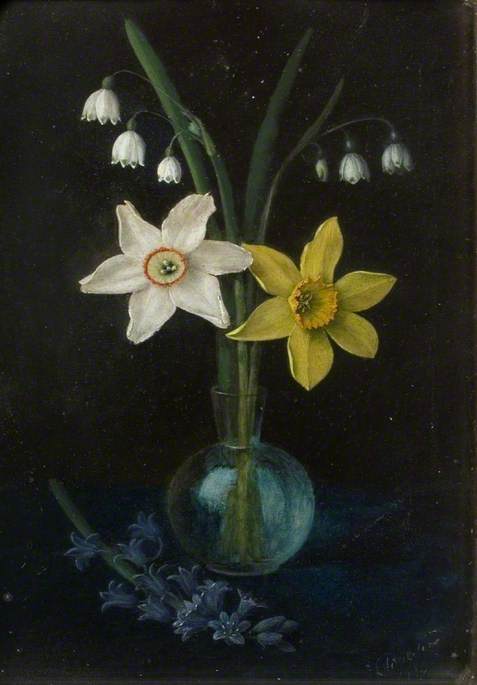
Then there are daffodils depicted with other flowers too, such as the elegant painting Four Natives of Ancient Britain, Daffodils, Narcissi, Lily of the Valley and Bluebells by Alfred Balding, and the more modern Daffodils and Grape Hyacinths by Vanessa Bowman.
I am always delighted to see the first crocuses of the year and there are some captivating paintings of crocuses in the Art UK archive.
A Day among the Crocuses by Gladys Cooper captures such delight with a group of women in a field of crocuses dressed in the same colours as the environment. There are artists who have adopted a broad focus in their depictions of flowers, such as this painting which shows crocuses at some distance in a landscape, whilst other artists zoom in on the particular parts of a flower in all their intricacy and detail, such as A Crocus: Entire Flowering Plant with Separate Bulb and Floral Segments by an unknown artist.
A Crocus: Entire Flowering Plant with Separate Bulb and Floral Segments
unknown artist 
The crocuses in Crocus by Raymond C. Booth are so lifelike you feel as if you could reach out a hand and touch them in actuality.
Two are open and three remain closed in bud, filling the heart with anticipation.
Some of the most wonderful paintings of flowers are abstract ones which throw into high relief the gloriousness of their colours and shapes.
Purple Flowers by an unknown artist is a sheer delight, with the artist and viewer feasting on the colour of these flowers, and so too Red Flowers, also by an unknown artist, an extravaganza of colour.
The painter Dorothy Mead also uses a palette of abstract reds to excellent effect in this piece, simply titled Flowers.
Then there is a beautiful series of Silk Flowers by an unknown artist, which elegantly simplify their shape, appearing to use paint on silk as an effective method of capturing the fine texture of flowers.
I also love Night Flowers by John Maxwell with its almost abstract use of bright colours and blackness.
Flowers are not only a delight for the eyes, but in some instances also the tastebuds too.
The wonderful watercolour painting Self-Heal and Field Bindweed by Arthur Edwin Baker depicts two flowers next to each other. Intrigued by this 'Self-Heal', I research more and learn that the young leaves and stems of this edible flower, also known as the 'heal-all', can be used in salads, soups and stews, and it most commonly flourishes in waste places as well as woodland edges.
Foliage, Flowers and Fruit of the Sacred Lotus in Java
c.1876
Marianne North (1830–1890) 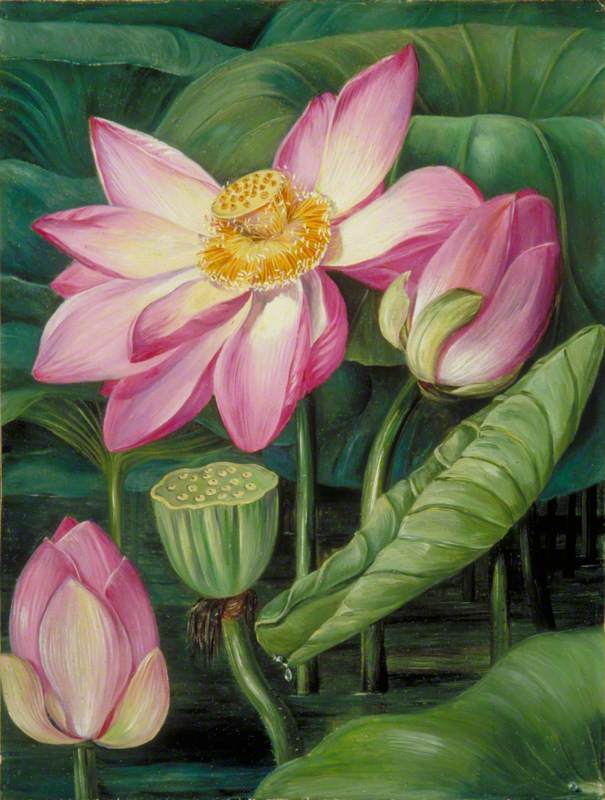
There are flowers which have accumulated a wealth of symbolism in cultures around the world and on Art UK there are some fine depictions of the lotus flower, such as the elegant paintings by the nineteenth-century artist Marianne North, Foliage, Flowers and Fruit of the Sacred Lotus in Java or The Sacred Lotus or Pudma.
Much of the mythology and meaning that has bloomed from the lotus flower draws on the fact that a lotus flower grows through muddy water yet still blossoms, a reminder to endure the hardships of life. ('Just like the lotus we too have the ability to rise from the mud, bloom out of the darkness and radiate into the world' is one quote from an unknown source.)
Amid the cheer and joy of these paintings, there are those which are haunting and eerie, which hint at the fleetingness of flowers – that they will soon be dead – such as Nature Morte by Andrew Mansfield, in which a vase of flowers sits swamped by a dark night. And yet there is also a sense that, after their death and the winter season, those seeds in the earth will once again bloom in the spring.
The paradox of forever capturing such fleeting entities as flowers in such beautiful artwork serves to show the enduring power of painting.
Anita Sethi, journalist, writer and critic
